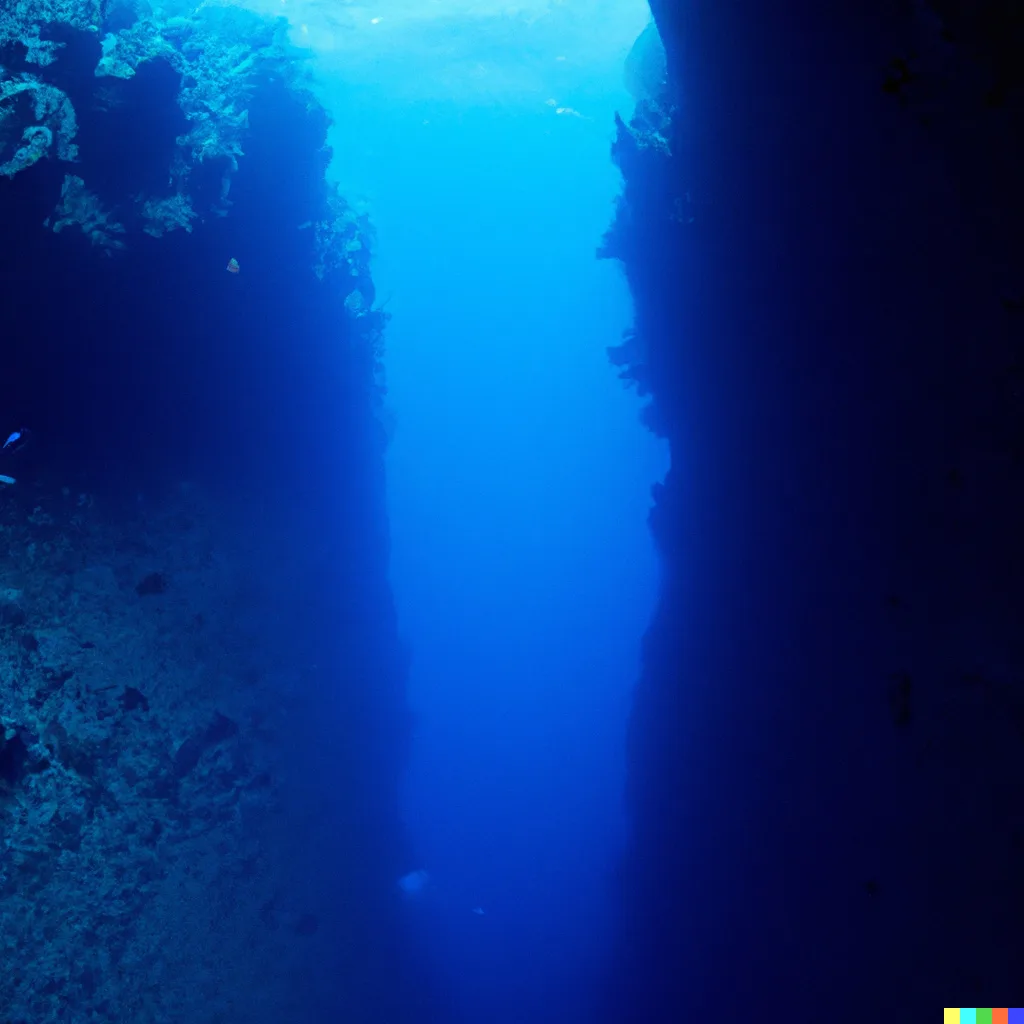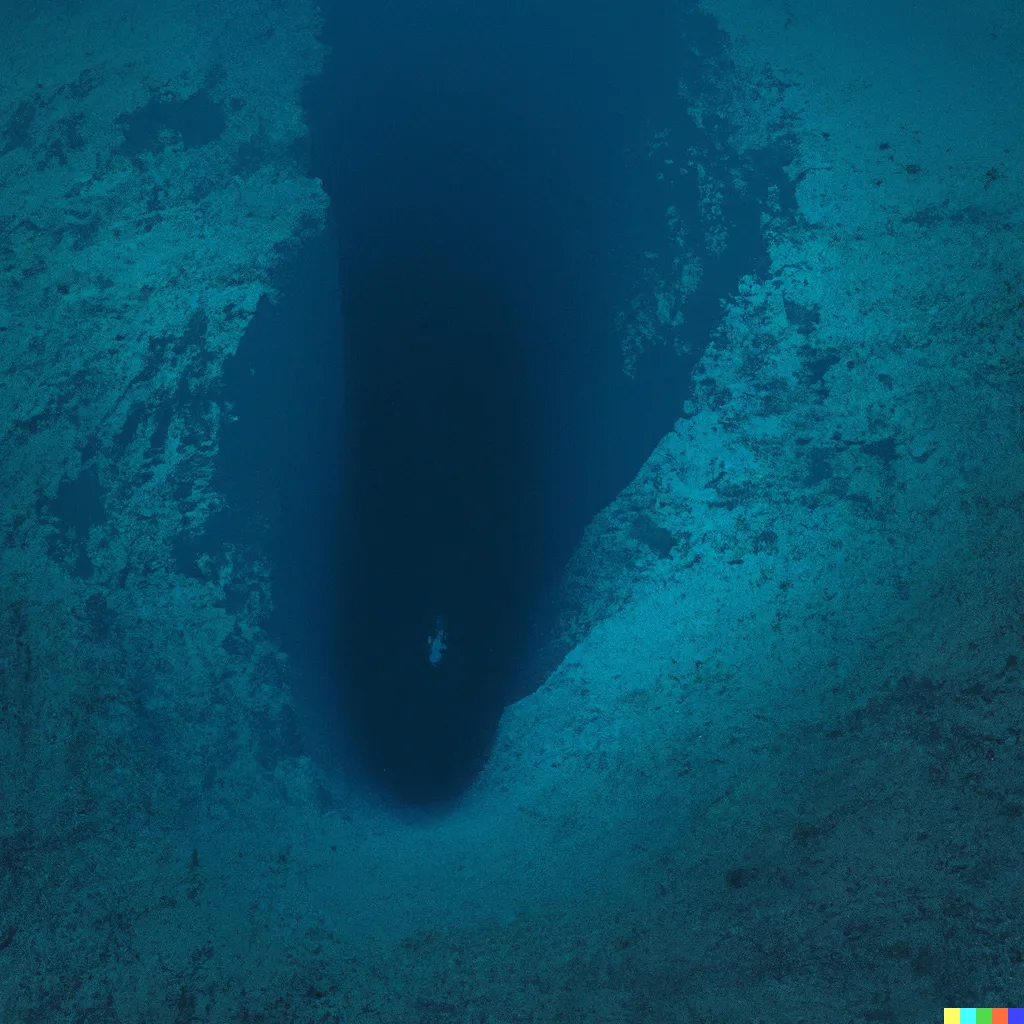
The Mariana Trench is the deepest part of the ocean, located in the Western Pacific Ocean. It is a crescent-shaped trench that extends approximately 1,550 miles long and 44 miles wide, and it reaches a maximum depth of 36,070 feet.
In this article, we will explore the Mariana Trench, its history, geology, and the unique marine life that exists in this extreme environment.
History of the Mariana Trench
The Mariana Trench was first discovered in 1875 by the British survey ship HMS Challenger during its global oceanic expedition. However, it wasn’t until 1960 that the first manned descent was made to the bottom of the trench. This descent was made by Swiss engineer Jacques Piccard and US Navy Lieutenant Don Walsh in a bathyscaphe named Trieste.
Geology of the Mariana Trench
The Mariana Trench is formed by the subduction of the Pacific Plate beneath the Mariana Plate. This process creates a deep, narrow trough that is further deepened by erosion and sedimentation. The trench is also located in the Ring of Fire, an area in the Pacific Ocean where many earthquakes and volcanic eruptions occur.
The extreme pressure and cold temperatures in the Mariana Trench have created unique geological features. These include the Challenger Deep, which is the deepest point in the ocean, and the Mariana Trench’s “snailfish valley,” where an abundance of snailfish can be found at depths between 20,000 and 26,000 feet.

Marine Life in the Mariana Trench
Despite the extreme conditions, the Mariana Trench is home to a diverse range of marine life. Some of the unique species that exist in the trench include the Mariana snailfish, which is the deepest living fish ever recorded, and the Mariana shrimp, which has adapted to the darkness by developing light-producing organs called photophores.
Other notable species found in the Mariana Trench include the abyssal grenadier, the fangtooth fish, and the giant isopod. Researchers are continually discovering new species in the trench, and it is believed that there are many more yet to be discovered.
Exploring the Mariana Trench
Exploring the Mariana Trench is a challenging endeavor due to its extreme depth and the pressure and temperature conditions. Manned expeditions have been made to the trench, but they are rare due to the difficulty and cost involved.
Instead, researchers have used unmanned vehicles such as the Deepsea Challenger and the Nereus to explore the trench. These vehicles are equipped with cameras, sensors, and other instruments that allow researchers to study the geology and marine life of the trench without putting humans at risk.
Conclusion
The Mariana Trench is a unique and fascinating part of the ocean, with a rich history and many mysteries waiting to be uncovered. Its extreme conditions have created a diverse range of marine life and geological features, making it an important area for scientific research and exploration.
If you are interested in learning more about the Mariana Trench, there are many resources available online, including scientific papers, documentaries, and educational materials. With its many unique features and mysterious creatures, the Mariana Trench is a truly remarkable part of our planet that deserves to be explored and studied.